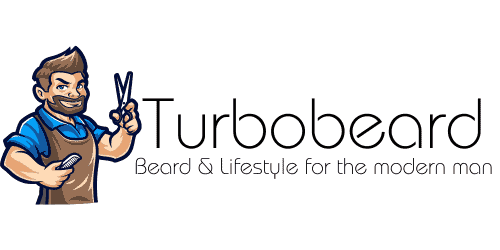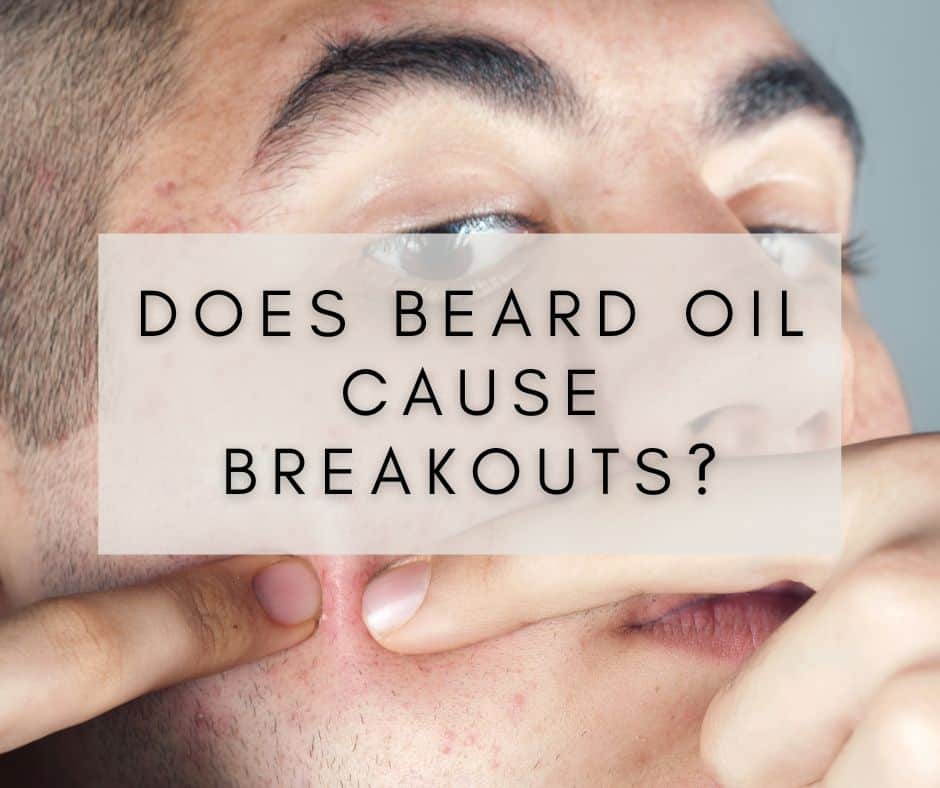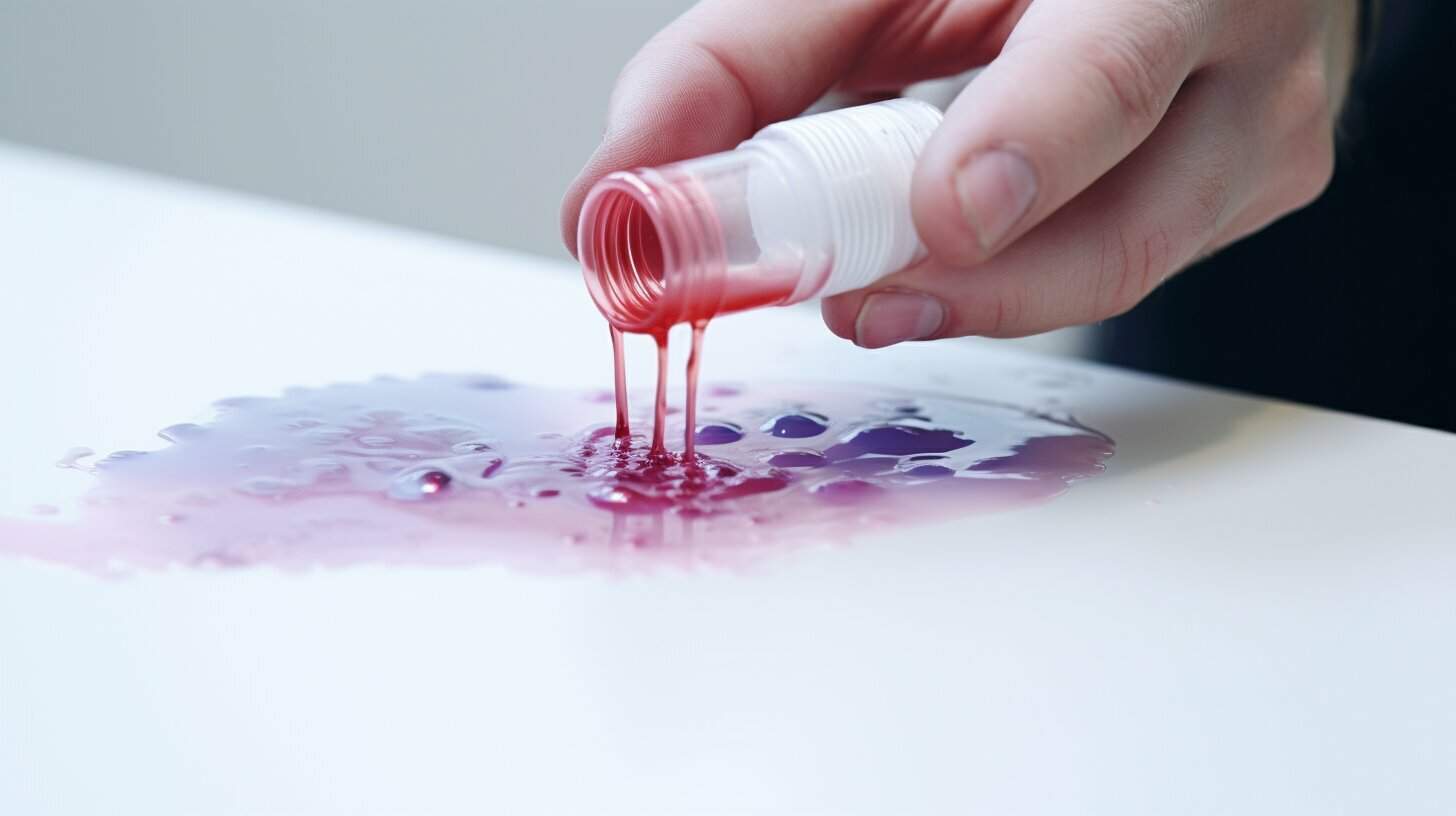Beard oils are useful in taming and softening the texture of your beard. It also replenishes some of those natural oils that are scrubbed away from cleansing your beard.
As a matter of fact, certain types of beard oils can cause breakouts depending on their ingredients and your skin type. especially if the oil contains comedogenic ingredients.
That’s why it’s important to test the product out first or consult a dermatologist if the beard oil is the right one for you. It’s also crucial to check the ingredients first before purchasing a beard oil.
Contents
- 1 What do Comedogenic Ingredients mean?
- 2 Comedogenic Ingredients commonly found in oils:
- 3 Beard Oils for sensitive skin
- 4 Best Ingredients in beard oils for sensitive skin
- 5 What is the use of beard oil?
- 6 Applying beard oil
- 7 Potential Side Effects of Using Beard Oil
- 8 What if you don’t want to use beard oil
- 9 That being said, here are some alternatives that offer similar benefits for a fraction of the cost:
- 10 Conclusion
What do Comedogenic Ingredients mean?
Beard oils often contain comedogenic ingredients which means ingredients that clog pores. When a hair follicle is clogged, it is called a “comedo”.
Often you see comedones, the plural term, filled with white or even yellowish pus causing either blackheads or whiteheads.
People with oily skin have a higher chance of clogging their pores due to their skin type, that’s why it’s probably for the best to stay away from these types of oils.
Comedogenic Ingredients commonly found in oils:
Soybean Oil
It is highly comedogenic. If you have oily skin, stay away from this as much as possible.
Coconut Oil
Due to its heaviness, it will most likely cause breakouts for oil-prone skin. But for those who don’t have this skin type, it’s a pretty good oil since it improves your complexion.
Coconut Butter
Also referred to as theobroma oil. It is a very rich hydrating cream that can cause breakouts for those who already have too much hydration, i.e. oily skin.
While these ingredients can be bad for oily skin types, it doesn’t really affect those with dry skin that much. And if you’re still unsure, you can start by applying it to small areas of the skin.
Beard Oils for sensitive skin
Most of the time beard oils are made up of essential oils that irritate sensitive skin. If this is your skin type, you may often find yourself having allergic reactions when putting beard oil on your face.
Sometimes, these reactions are only triggered due to sun exposure. It’s important to observe and take note if your skin reacts to the product itself or after you get exposed to the sun.
Best Ingredients in beard oils for sensitive skin
It is quite hard to find the perfect beard oil for sensitive skin. You have to do multiple tests and be careful with the ingredients since they can easily cause inflammation or acne.
Sensitive skin types should, as much as possible, stray away from using scented beard oils. Most of the time, the fragrance can irritate the skin.
Tea Tree Oil
It has antiseptic and antibacterial properties so it’s good for those with acne-prone skin.
Evening Primrose Oil
Evening Primrose Oil is rich in GLA, gamma-linolenic acid, which aids in reducing inflammation and preventing transepidermal water loss.
Argan Oil
This one is for those who have dry skin types. It’s rich in vitamin A, vitamin E, omega-6 fatty acids, and omega-3 fatty acids. You can also use it on its own or find it as an ingredient, whatever you prefer.
Jojoba Oil
While it is rich in vitamins A and E, it also helps in reducing inflammation. Certainly, a good choice considering the benefits it has.
What is the use of beard oil?
You might be wondering, why do we even need to use beard oil? Humans produce natural oils for their skin, why bother with other products?
Well, it can benefit both your beard and the skin underneath it. While beard oil may seem unnecessary, it is worth it if you’re having problems with your beard.
Acts as a moisturizer
Beard oils can moisturize the skin underneath and help with irritation and/or inflammation. It also keeps your beard healthy and dandruff-free, reducing itch and the possible transfer of bacteria from your hand.
Fixes the texture of your beard
You’ll find that the hair on your chin is a lot rougher than the ones on your head. Not only does beard oil soften your beard but it also adds a shine, making it look good in the process.
And if you’re struggling with scraggly hair, you can use beard oil to make it look neater, giving it the effect of being styled.
Your beard will smell good
Beard oils are a great alternative for colognes. It’s also entirely customizable! You can either make your own scent at home or just buy some from the store.
Though if you have sensitive skin, it’s much better to opt for unscented beard oils. But if you insist on your beard smelling like strawberries then you better test out the product on a small patch of skin first.
Applying beard oil
It’s much better to apply the product after you bathe or wash your face. That way, it’s guaranteed that your face is as clean as it can get before putting in the oil.
It’s also better to apply it when your pores are open so your skin will absorb it efficiently. You can test it out by applying it once a day before gradually increasing the frequency.

Beard oil can also go for the worse when you put too much in, always be mindful of the amount. Otherwise, your beard will look greasy.
- Step 1
Only use three to five drops of oil and drop it into your palms. Massage it in a downwards motion afterward. As much as possible, apply it when it is damp.
- Step 2
Try to distribute an even amount in all areas of the beard. Use a comb or brush especially if you have thick or long hair.
- Step 3
Add more beard oil if you think that it isn’t enough. The important thing is you know the limits and how your skin reacts to the product.
- Step 4
You can then proceed to style it however you want. The oil should soften it enough so your beard doesn’t give you any trouble when styling.
Potential Side Effects of Using Beard Oil
It can’t be helped that some of you will experience side effects when using beard oil. It can be either due to your skin type or personal allergies.
That’s why asking your dermatologist is important before you go ahead and put any product on your face. Especially if you’re already experiencing irritation or inflammation.
The symptoms of an allergic reaction are:
- Hives
- Burning
- Itching
- Redness
- Rashes
- Flaking/Peeling of skin
- Blisters
If you experienced any of these, wash the product out immediately. Take medication afterward if you already have one.
What if you don’t want to use beard oil
If you’re not a fan of beard oil, you can try different essential oils as an alternative or change up your grooming routine. This is especially true when if you’re only after one thing by using beard oil.
For example, you might only want to moisturize the skin underneath the beard instead of the other benefits that beard oil offers.
Then you should either look for other moisturizing products specifically for the skin or use a specific oil made for moisturizing instead of beard oil which is more like a buy 4 take 1 deal.
And it’s perfectly okay! You don’t have to worry that everyone around you is using beard oil and you’re not. It’s not a necessity, as long as you know your beard and you take care of it your own way then you’re set!
That being said, here are some alternatives that offer similar benefits for a fraction of the cost:
Beard Balm
Beard Balms are just like beard oil but it’s more solid. It costs less than a beard oil so it’s a good alternative if the only thing that’s holding you back from using beard oil is the price.
Carrier Oils
It may be familiar to you since it can be found in most grooming products for men. It’s actually one of the primary ingredients.
It’s non-comedogenic, aids with dryness and irritation, and softens your facial hair. Carrier oil is quite great for most skin types.
Essential Oils
Before applying the oils, you should always dilute them. Direct application or not enough dilution may irritate your skin.
You should also test it out before applying it to the entirety of your beard. It’s known to trigger certain people’s allergies.
Vitamin E oil
Some beard oils already contain Vitamin E. It will help strengthen your facial hair, preventing breakage.
Conclusion
Beard oils can cause breakouts, especially if you’re using one with the wrong ingredients for your skin type. It’s detrimental to always look at the ingredients before purchasing as it can cause more harm than good.
As long as you know your skin and you abide by its limits and specifications, then you’re all good. Your beard will definitely look better with the right beard oil.
And even then, you can totally find an alternative if beard oils are just not your thing. There’s no shame in using an alternative. After all, you’ll always be doing what’s best for your skin and your budget.
Amazon and the Amazon logo are trademarks of Amazon.com, Inc, or its affiliates.






Leave a Reply